15 Gross Chain Restaurants Millennials Hate And 5 They Completely Despise
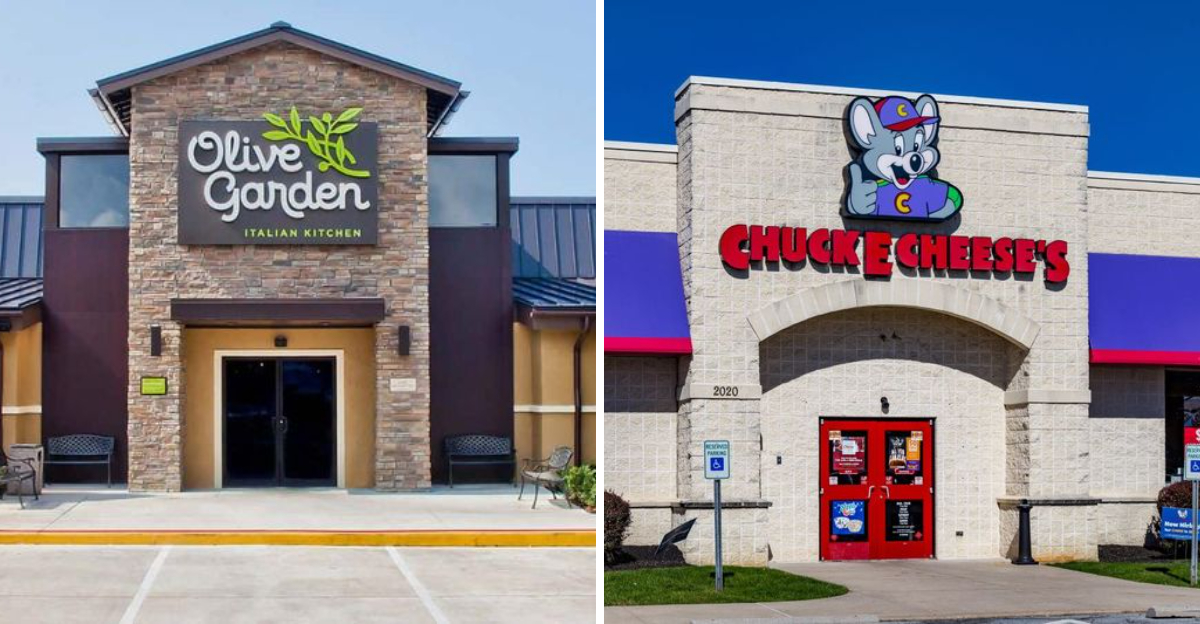
Explore why certain chain restaurants have fallen out of favor with millennials, focusing on elements like outdated concepts, mediocre food quality, and uninspired dining experiences. This post delves into 20 specific chains that have failed to capture the millennial dining spirit.
1. Applebee’s
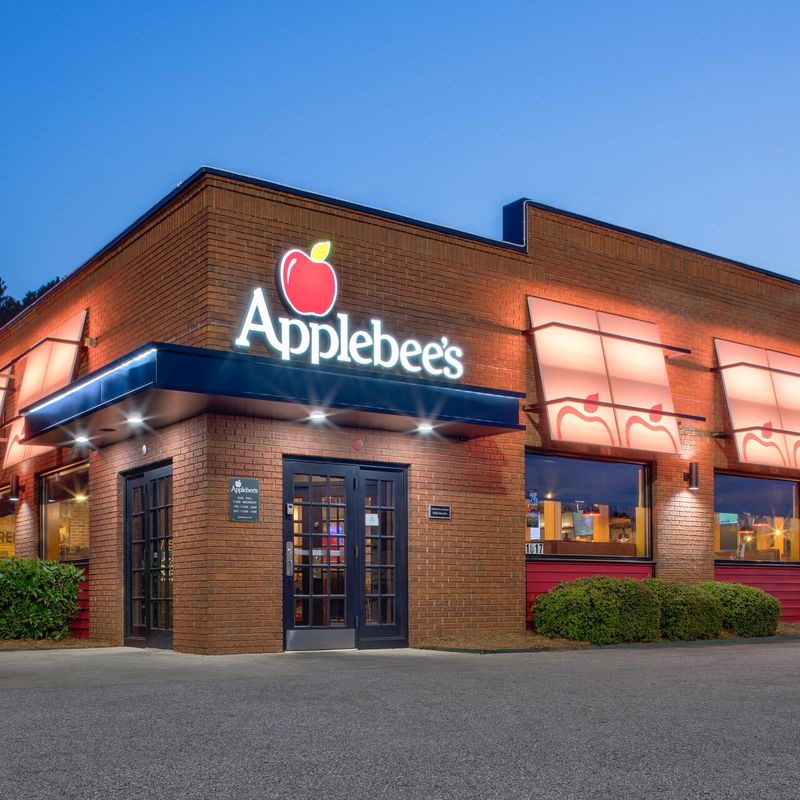
Applebee’s, once a staple of casual dining, has become emblematic of uninspired chain restaurants. Millennials critique it for its lackluster microwaved meals that fail to justify the price. Many diners find the menu generic, with items that often seem outdated and uninspired.
The ambiance, often described as dimly lit and lacking character, doesn’t help its case. What used to be a reliable spot for a quick meal has turned into a symbol of mediocrity for many.
In an era where unique dining experiences are prized, Applebee’s struggles to stay relevant in the millennial market.
2. TGI Fridays
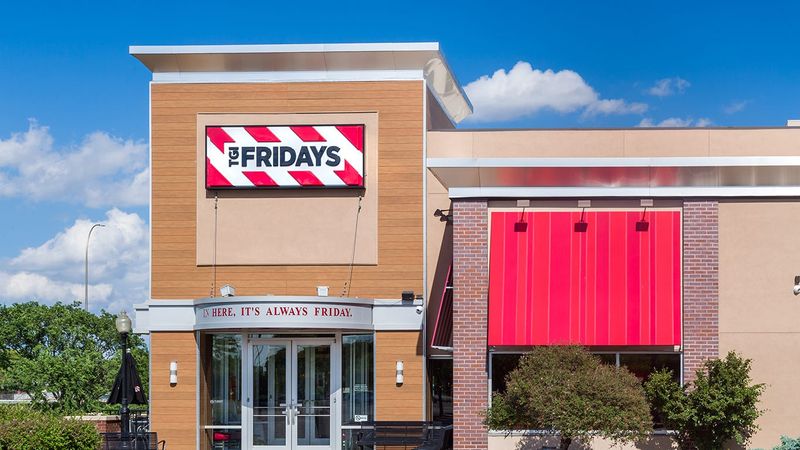
TGI Fridays, famed for its festive flair, is now often seen as a relic of the past. Millennials criticize the chain for its overly processed dishes, which lack the fresh ingredients and innovative recipes many now seek.
The decor, once considered lively, is now seen as unoriginal and uninspiring. A once-popular spot for after-work gatherings, TGI Fridays struggles to compete in today’s diverse dining landscape.
For a generation that values authenticity and fresh experiences, TGI Fridays appears to be stuck in a time capsule, struggling to find its place.
3. Olive Garden
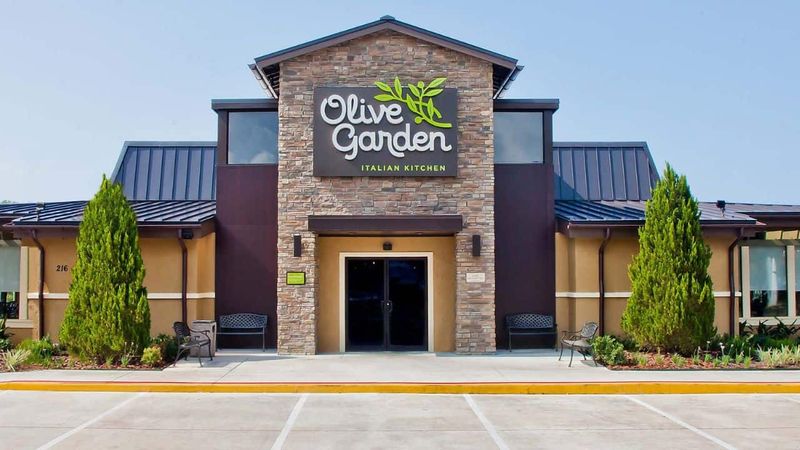
Olive Garden holds a nostalgic place for many, but millennials often view its offerings as uninspired. The signature endless breadsticks are a nod to its glory days, yet the main courses tend to fall flat.
Critics describe the pasta dishes as heavy and bland, lacking the freshness found in more modern Italian eateries. Though the ambiance hints at warmth and family, the food doesn’t always deliver the same comfort.
In a dining world that values flavor and innovation, Olive Garden struggles to win the millennial palate.
4. Red Lobster
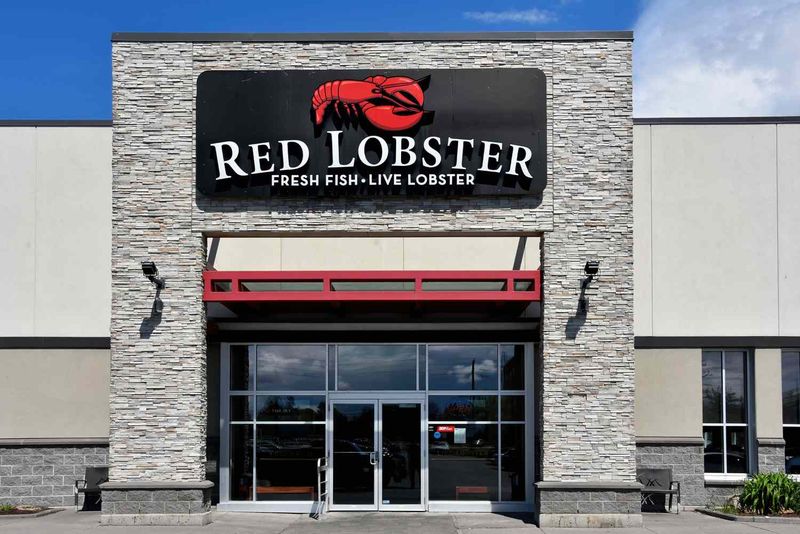
Red Lobster is synonymous with seafood, yet many millennials question its quality and freshness. Cheddar Bay Biscuits are a nostalgic highlight, drawing diners back with their deliciousness.
However, the seafood often garners mixed reviews, with some patrons finding it lackluster and occasionally overpriced. The ambiance, striving for a nautical charm, doesn’t always make up for the culinary shortcomings.
In an era where transparency and quality are paramount, Red Lobster faces challenges in living up to its seafood promises.
5. Ruby Tuesday
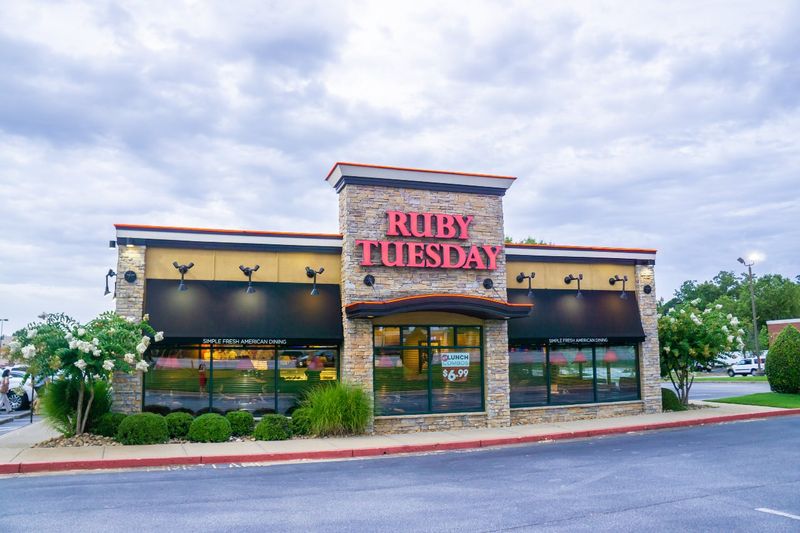
Ruby Tuesday, with its famous salad bar, used to be a go-to for many. Today, millennials often bypass it due to its outdated decor and inconsistent food quality.
The chain’s atmosphere, reminiscent of a bygone era, fails to attract those seeking a vibrant dining scene. Food reviews vary greatly, with some dishes praised while others miss the mark entirely.
For consumers looking for a reliable and exciting dining experience, Ruby Tuesday frequently comes up short, making it a restaurant many millennials choose to skip.
6. Buffalo Wild Wings
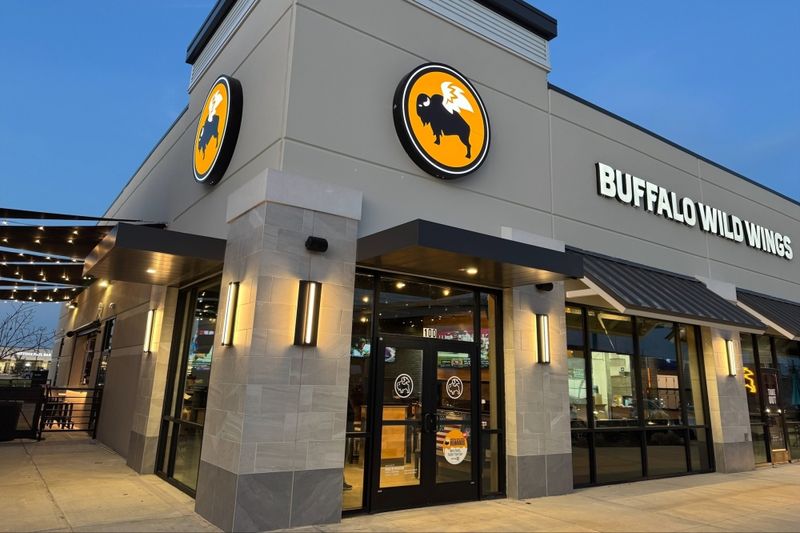
Buffalo Wild Wings was once the go-to place for sports enthusiasts, but declining wing quality has tarnished its reputation among millennials. What used to be a fun, lively environment has been marred by slow service and inconsistent food.
Millennials seek flavorful, quality wings, but many feel this chain no longer delivers. The sports bar atmosphere still holds appeal, yet without the promised culinary excellence, it fails to bring back the crowds.
Amidst growing competition from craft breweries and local pubs, Buffalo Wild Wings needs to up its game.
7. Hooters
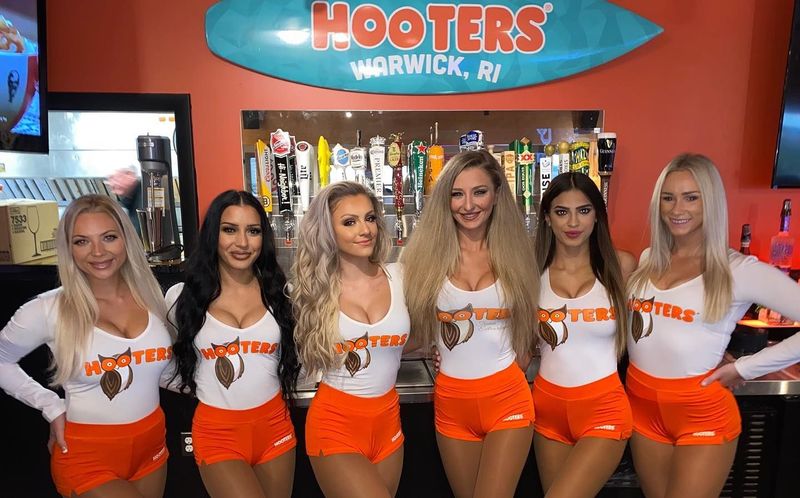
Hooters, with its famous wings and waitress attire, is often viewed by millennials as outdated and gimmicky. The concept, once unique, now seems tired and unappealing to a generation seeking substance over style.
Food quality often doesn’t meet expectations, with many feeling that the dishes don’t justify the visit. Themed decor, while iconic, doesn’t compensate for the lackluster culinary experience.
As dining preferences shift towards inclusivity and quality, Hooters struggles to maintain its relevance in the evolving restaurant landscape.
8. The Cheesecake Factory
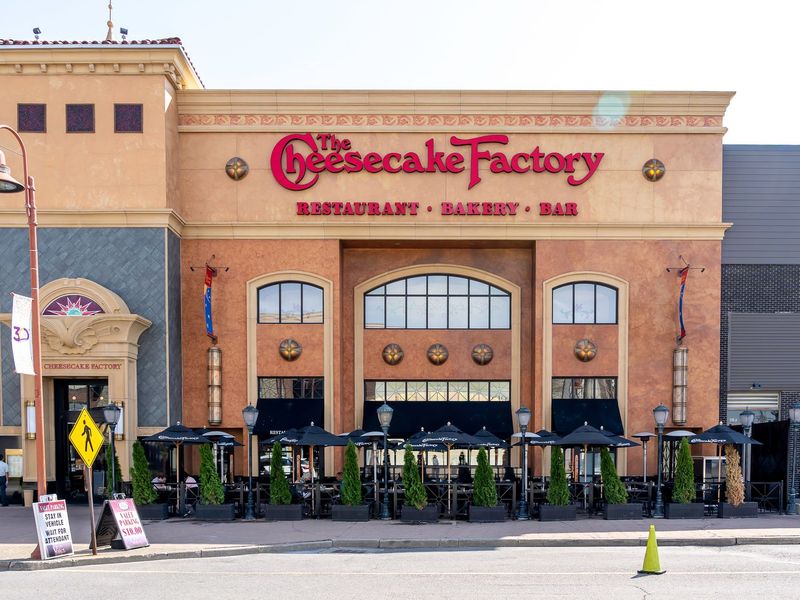
The Cheesecake Factory, known for its extensive menu and oversized portions, is often seen by millennials as overwhelming rather than upscale. While the variety can be enticing, the prices and portion sizes seem impractical for many.
Some customers appreciate the indulgence, yet others find the experience more exhausting than enjoyable. The decor, often described as opulent, doesn’t always match the culinary experience.
In a dining era where simplicity and quality are cherished, The Cheesecake Factory’s grandeur feels out of step with millennial preferences.
9. Chili’s
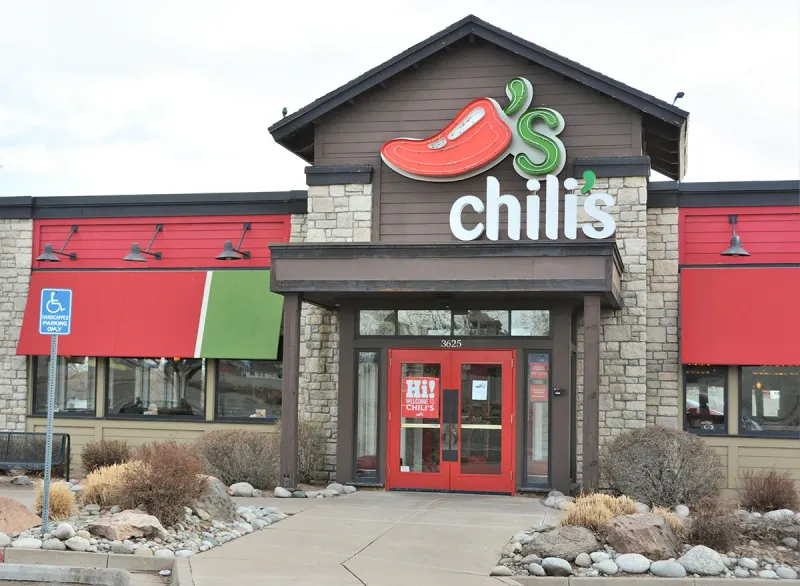
Chili’s, once a staple of casual dining, has struggled to keep pace with modern tastes. Millennials often criticize its menu for lacking innovation and relying on tired flavors.
The restaurant’s once lively atmosphere now seems subdued, unable to compete with newer, trendier spots. Food offerings, while nostalgic for some, often don’t satisfy today’s discerning palates.
With the rise of artisanal eateries and unique dining experiences, Chili’s faces an uphill battle in regaining its former glory among younger diners.
10. Hard Rock Cafe

Hard Rock Cafe, known for its music memorabilia, is seen by many millennials as more of a tourist trap than a dining destination. The focus on theme overshadows the food, which many find overpriced and unremarkable.
The dining experience, while visually interesting, often leaves much to be desired in terms of culinary satisfaction. Locations are typically bustling, yet the ambiance doesn’t compensate for mediocre dishes.
In a world where authentic experiences are valued, Hard Rock Cafe’s nostalgic appeal isn’t enough to draw millennials who crave more than just a theme.
11. Joe’s Crab Shack
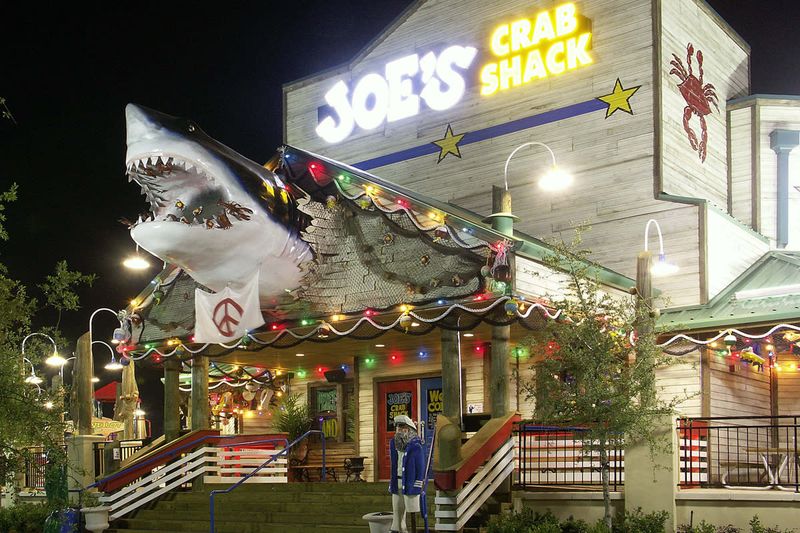
Joe’s Crab Shack, once a lively spot for seafood lovers, now faces criticism for its lackluster offerings. Millennials often find the seafood underwhelming, lacking the freshness and flavor they seek.
The atmosphere, which was once fun and loud, now feels more overwhelming than inviting. High prices for mediocre dishes haven’t helped its reputation either.
As younger diners gravitate towards quality and value, Joe’s Crab Shack struggles to maintain its allure in a competitive market filled with innovative seafood options.
12. Friendly’s
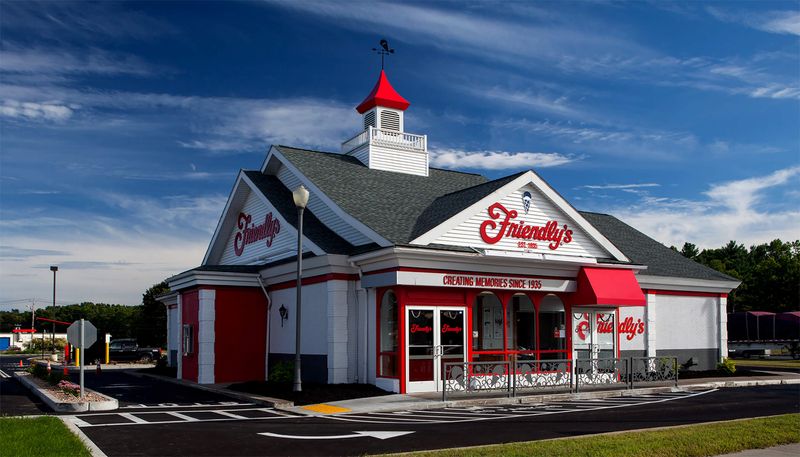
Friendly’s, cherished by many for its nostalgic ice cream and family-friendly vibe, has seen better days. Millennials often bypass it due to slow service and declining food quality.
What was once a bustling family spot now seems outdated, unable to capture the attention of a generation seeking fresh and exciting dining experiences. The decor and menu haven’t evolved with the times.
For those who remember its heyday, Friendly’s represents a fading piece of dining history, often overlooked by today’s younger consumers.
13. Denny’s

Denny’s, famous for its 24/7 availability and extensive menu, attracts those seeking late-night dining. However, millennials often seek breakfast spots with local flair and fresh ingredients over the standardized offerings here.
While the convenience is appreciated, the food quality and ambiance often don’t meet modern expectations. Denny’s extensive menu can feel overwhelming and lacks the artisanal touch many young diners crave.
As breakfast culture evolves, Denny’s finds it challenging to compete with trendy cafes and local diners that offer unique, flavorful experiences.
14. IHOP
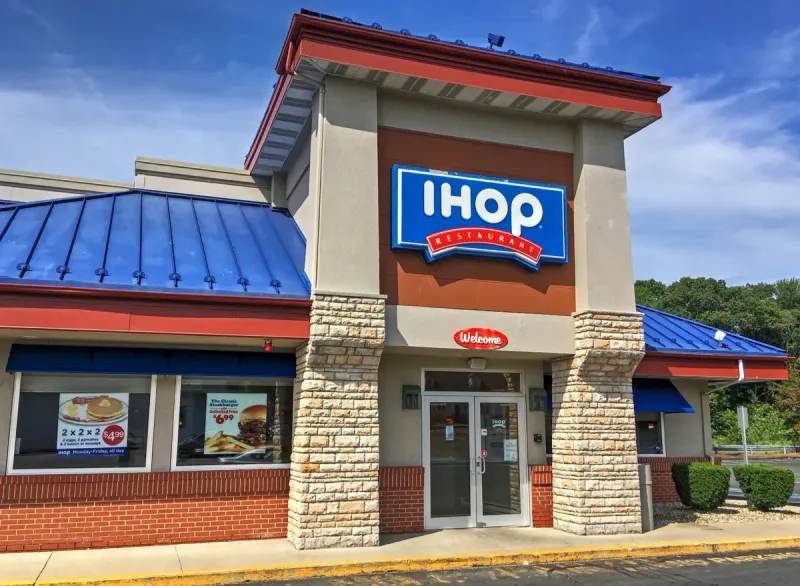
IHOP, known for its iconic pancakes, faces mixed reviews from millennials. Long waits and inconsistent service have left a sour taste for many, overshadowing its sweet offerings.
Sugary overload in some dishes doesn’t appeal to those seeking healthier breakfast options. While the pancakes are nostalgic, the overall dining experience often leaves much to be desired.
With competition from health-focused brunch spots, IHOP’s traditional appeal struggles to resonate with younger generations craving innovation and quality in their meals.
15. Perkins Restaurant & Bakery

Perkins Restaurant & Bakery, often seen as a convenient highway stop, rarely serves as a dining destination for millennials. The uninspired menu and dated decor fail to entice those seeking culinary adventure.
While the bakery items have their fans, the overall experience lacks excitement and freshness. The chain’s association as a travel stop doesn’t help its appeal among those looking for a memorable meal.
As the dining landscape shifts towards unique and engaging experiences, Perkins often blends into the background, overlooked by a new generation of food enthusiasts.
16. Golden Corral
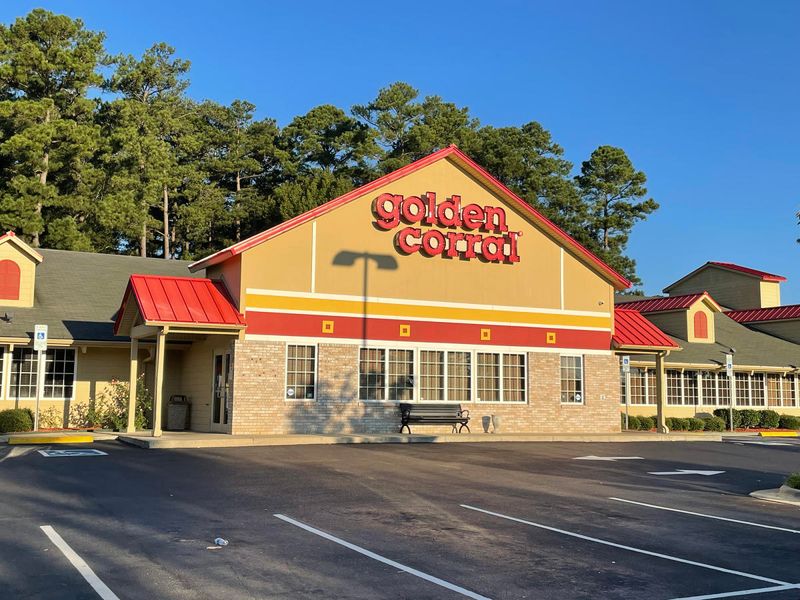
Golden Corral, famous for its buffet-style dining, finds itself out of favor with millennials who often critique it for cleanliness and food quality issues. The abundance of options doesn’t always translate to satisfaction.
Many diners express concerns over the freshness and taste of the dishes, which can feel more like quantity over quality. The ambiance, often busy and chaotic, doesn’t appeal to those seeking a relaxed meal.
As dining preferences shift towards crafted and personalized experiences, Golden Corral’s traditional buffet style feels increasingly outdated.
17. Sbarro
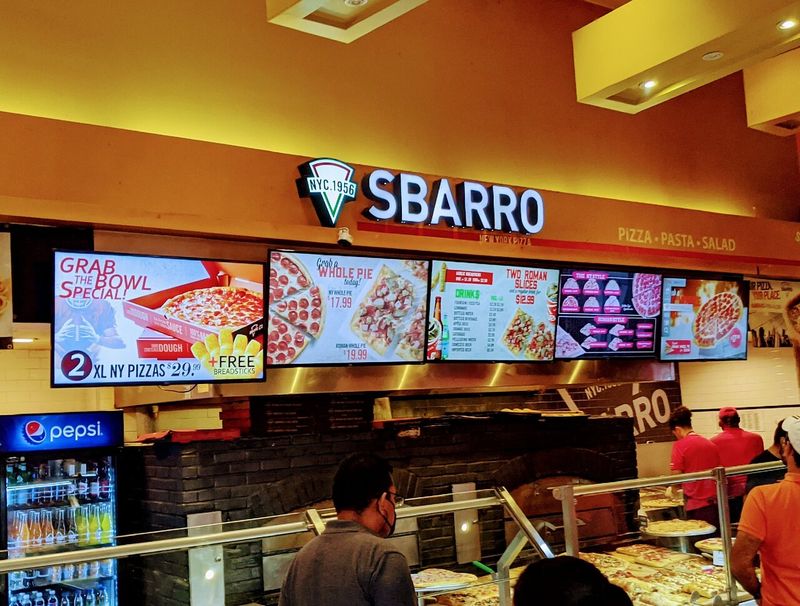
Sbarro, once a staple of mall food courts, has seen its relevance wane among millennials. Criticisms focus on the rubbery texture of the pizza and the lack of value for money.
The food, often pre-prepared, doesn’t match the quality found in emerging artisanal pizza venues. For a generation that values authentic and fresh flavors, Sbarro’s offerings feel uninspired and forgettable.
As new dining concepts flourish, the quick and convenient model of Sbarro struggles to keep pace with the evolving expectations of young diners.
18. Chuck E. Cheese
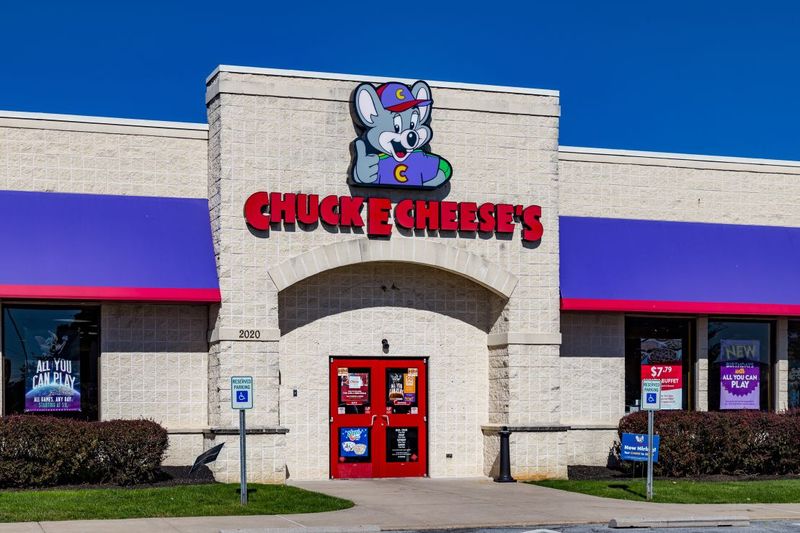
Chuck E. Cheese, a haven for children’s parties, holds little appeal for childless millennials. The food, often considered secondary to the entertainment, fails to attract those not tied to family outings.
While the arcade games and animatronics offer nostalgic value, the dining experience doesn’t align with adult expectations for quality. Millennials without children rarely find a reason to visit.
In a market where dining is often about the complete experience, Chuck E. Cheese’s focus on entertainment over culinary excellence leaves it sidelined by a generation seeking more.
19. Long John Silver’s

Long John Silver’s, with its signature fried fish, often faces criticism from millennials for its greasy offerings. The dated fast-food model doesn’t appeal to those seeking freshness and healthy options.
The restaurant’s ambiance, reminiscent of the 70s, feels out of touch with modern dining preferences. While some appreciate the nostalgic value, many find it lacks the innovation found in newer eateries.
As dining habits shift towards quality and health, Long John Silver’s struggles to find its footing among younger consumers increasingly focused on wellness and sustainability.
20. Rainforest Cafe

Rainforest Cafe, with its jungle-themed decor, is often viewed as a tourist trap, especially by millennials. The focus on atmosphere over food quality leaves many diners feeling the meals are overpriced.
While the setting can be fun and visually appealing, the culinary offerings don’t live up to the adventurous theme. The high prices are hard to justify when the food doesn’t deliver on taste.
In a dining era that values substance over style, Rainforest Cafe’s emphasis on spectacle over quality has left it struggling to engage a generation that craves authenticity.
